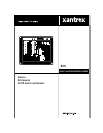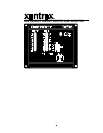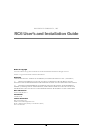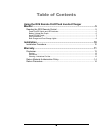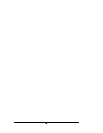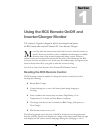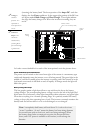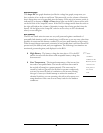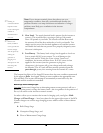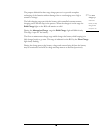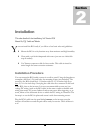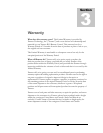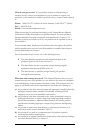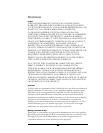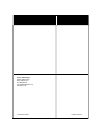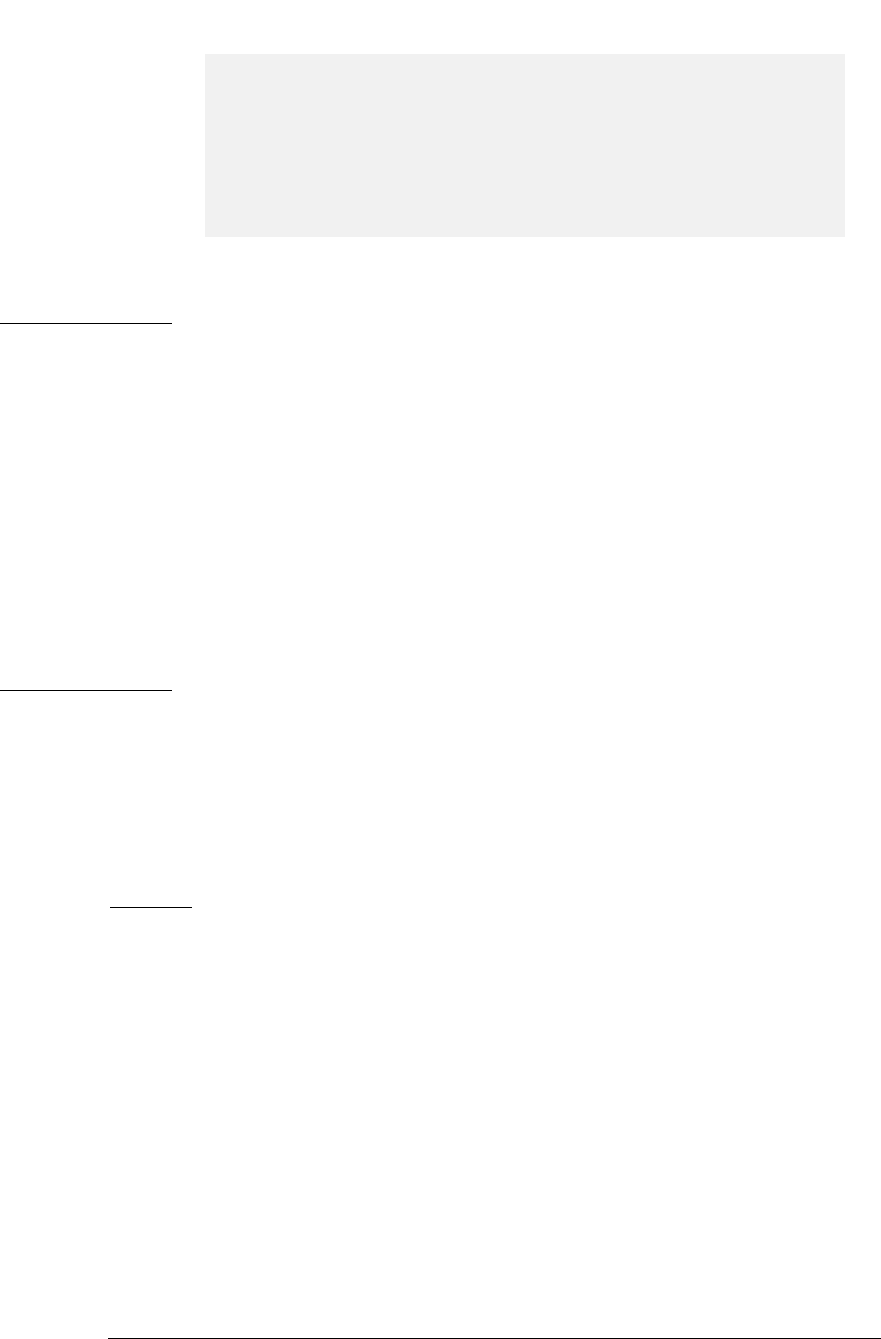
8
88
8
Note: If your inverter routinely shuts down due to an over-
temperature condition, then call your installer and describe the
problem. Routine over-temp shutdowns are indicative of a larger
problem, most likely poor ventilation in the inverter
compartment.
•
Over Load - Too much electrical load is present for the inverter to
power it. This would be like you trying to pick up 500 pounds
when 150 pounds is your limit. The inverter will shut down until
the amount of load has been reduced to a level it can handle. You
simply need to turn a few electrical appliances off until the inverter
can handle the loads that are present. In a properly designed system
this error is infrequent.
•
Low Battery - The battery bank voltage has dropped to a level too
low to sustain full AC power output. To avoid damage to the
battery bank and AC loads due to low voltage “brown out”
conditions, the inverter will shut down. If an AC source is then
applied to the inverter (start the generator or plug into
shorepower), the inverter will go into charge mode and recharge
the batteries. The AC loads will then resume operation from the
pass through power, thus running from the external AC source.
The bottom four lights of the Amps DC meter show the error condition represented
by the adjacent Error box legend. During an error condition the appropriate error
light will flash. The inverter will attempt to automatically restart itself every few
seconds until the condition is remedied.
Bulk Charge and Float Charge Lights
Any time the inverter/charger has an alternating current source present it will use a
portion of that power to charge the battery bank—this is regardless of the position of
the on/off switch on the inverter or remote control.
In order to allow you to monitor the inverter’s charging cycle, two lights—Bulk
Charge and Float Charge— have been placed in the upper right corner of the RC6.
Xantrex chargers use a three-stage charging process which consists of three distinct
phases:
1.
Bulk Charge Stage
2.
Absorption Charge Stage, and
3.
Float or Maintenance Charge Stage
"
During an
overload condition
help the inverter
out by reducing the
number of
electrical loads it
must run.
"
When a low
battery condition
occurs, provide the
inverter/charger
with AC power by
starting the
generator or
plugging in to
shorepower. It will
then charge the
batteries.



